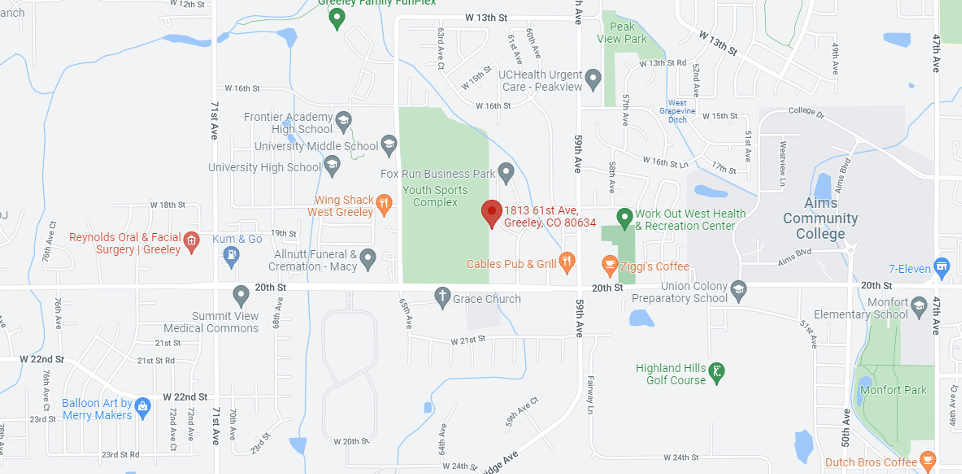Recovering from Oral Surgery
December 23rd, 2020

If you need oral surgery, Drs. Kevin and Kami Marr and our team will use our expertise and training to ensure that you have the best possible surgical outcome. And we want to make sure you have the best possible outcome for your recovery as well. Here are a few of the most common aftercare suggestions for making your healing as comfortable and rapid as possible.
- Reduce Swelling
Ice packs or cold compresses can reduce swelling. We’ll instruct you how to use them if needed, and when to call our Greeley office if swelling persists.
- Reduce Bleeding
Some amount of bleeding is normal after many types of oral surgery. We might give you gauze pads to apply to the area, with instructions on how much pressure to apply and how long to apply it. We will also let you know what to do if the bleeding continues longer than expected.
- Reduce Pain or Discomfort
If you have some pain after surgery, over-the-counter pain relievers such as ibuprofen might be all that you need. We can recommend those which are best for you. If you need a prescription for pain medication, be sure to take it as directed and always let us know in advance if you have any allergies or other reactions to medications.
- Recovery-friendly Diet
Take it easy for the first few days after oral surgery. Liquids and soft foods are best for several days following surgery. We will let you know what type of diet is indicated and how long you should follow it depending on your particular procedure. We might, for example, recommend that you avoid alcohol and tobacco, spicy, crunchy, and chewy foods, and hot foods or beverages for several days or several weeks.
- Take Antibiotics If Needed
If you have been prescribed an antibiotic, be sure to take it as directed. If you have any allergies to antibiotics, let us know in advance.
- Protect the Wound
Do NOT use straws, smoke, or suck on foods. Avoid spitting. Part of the healing process can involve the formation of a clot over the surgical site which protects the wound. If the clot is dislodged by suction or spitting, it can prolong your recovery time, or even lead to a potentially serious condition called “dry socket.”
- Maintain Oral Hygiene
Depending on your surgery, we might recommend that you avoid rinsing your mouth for 24 hours, use salt water rinses when appropriate, and keep away from the surgical site when brushing. It’s important to keep your mouth clean, carefully and gently.
- Take it Easy!
Rest the day of your surgery and keep your activities light in the days following.
These are general guidelines for recovery. If you have oral surgery scheduled, we will supply you with instructions for your specific procedure, and can tailor your aftercare to fit any individual needs. Our goal is to make sure that both your surgery and your recovery are as comfortable as possible.



